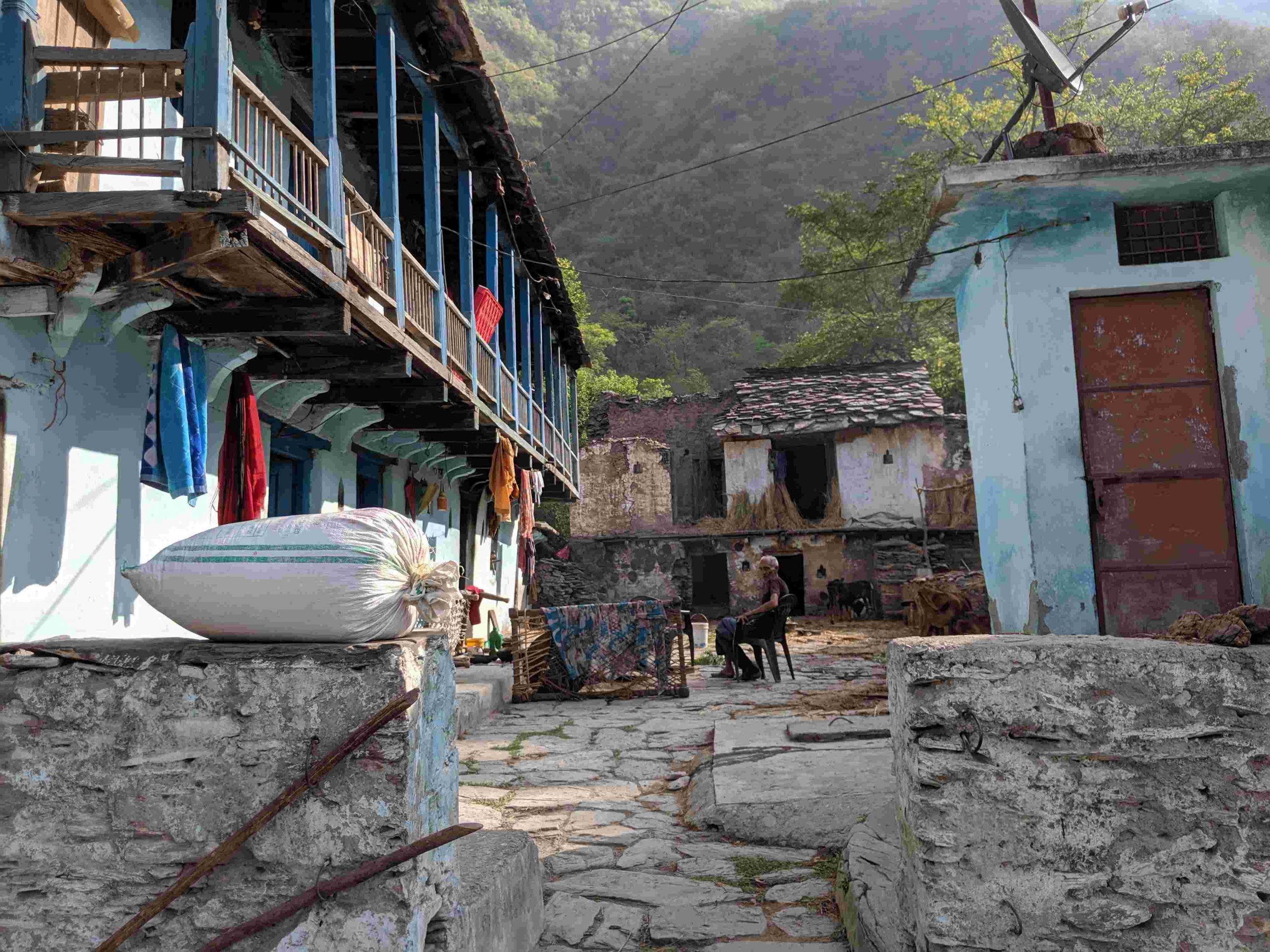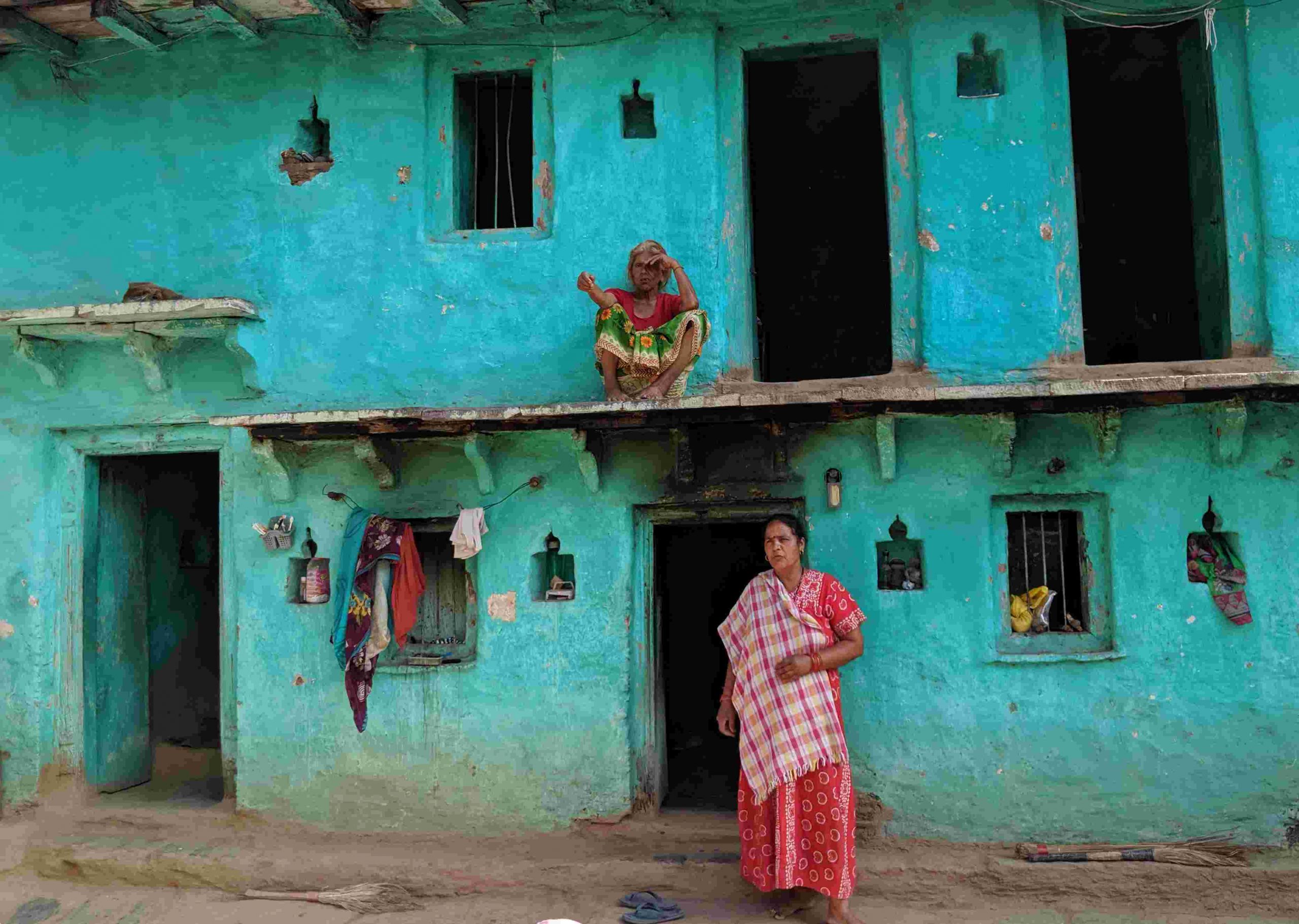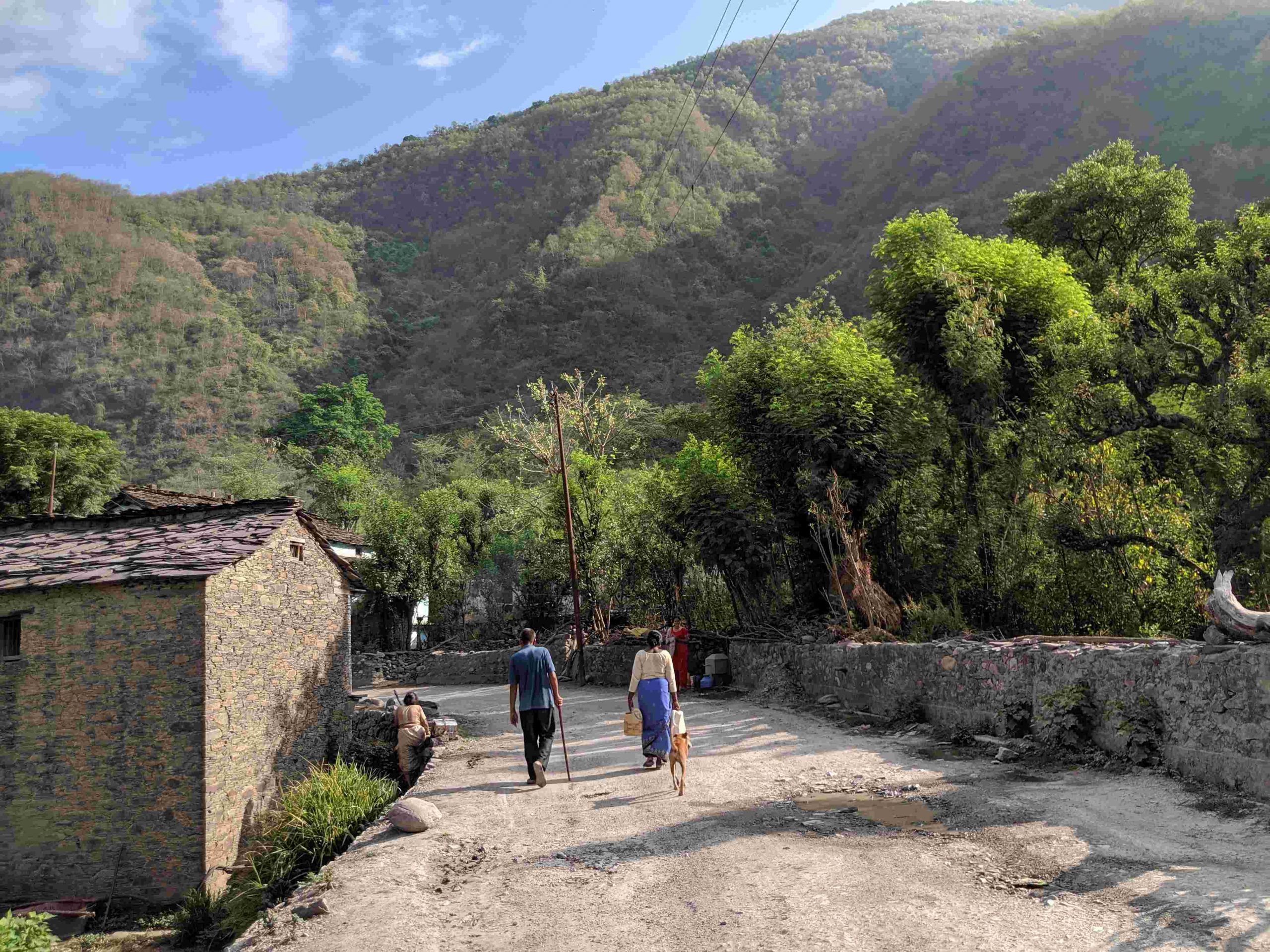Ghost villages: Will the departed ever return to their hills?
As per the report issued in September 2019 by the Rural Development and Migration Commission in Uttarakhand, in the last decade, a total of 3.83 lakh people from 3,946 gram panchayats have never returned after migrating in search of a livelihood

Bilkhet, Satpuli (Uttarakhand)
“No one comes now. Everyone has left. The house is in shambles and I am dragging by, somehow,” says ninety-year-old Biccha Devi in Garhwali, her local dialect.
Bowed back and frail, Biccha Devi’s wrinkle-ridden face highlights the pathos of loneliness she suffers all by herself in her dilapidated one-room house. The plight of Biccha Devi reflects upon the life in the hilly region affected due to increased migration.
Biccha Devi lives in Bilkhet, a village of Pauri Garhwal, Uttarakhand, situated in the river valley surrounded by mountains on all sides. Long ago, her son and daughter-in-law left the village in search of livelihood. After the son passed away in the distant land, the daughter-in-law chose to permanently stay away from the village. Around 60% of the villagers from Bilkhet have already migrated in search of livelihood and better facilities.
As per the report issued in September 2019 by Uttarakhand government’s Gramya Vikas aur Palayan Ayog (Rural Development and Migration Commission), in the last decade, a total of 3.83 lakh people from 3,946 gram panchayats have never returned after migrating in search of a livelihood.

Among a few families residing in the village is the household of Mahimanand who wishes to leave the village, but can’t. Pointing to his broken roof, he says angrily, “My house is in shambles. It would not be able to withstand rains anymore. Where would we live if it should crumble? We are desperate to leave the village and will do so once we have enough money. It makes no sense to live in a place where there is no provision of education or livelihood. What do we do here?”
As per the 2011 Census, the least populated villages belong to Pauri district. In the last decade, 50% of the population from 112 villages in Pauri has migrated, whereas in Almora, which stands second, 50% of the population from 80 villages has left.
The blue-coloured, two-storeyed house in Bilkhet village, which is inhabited by Manorma Devi’s family was previously home to two more families besides hers. Today only Manorma Devi’s family, comprising herself, her husband, mother-in-law and two children remains. Inadequate education facility is one of the leading causes behind migration. As per the report, 15.21% of people from Uttarakhand have migrated in order to provide a better future to their kids.

Talking about the inter-college situated close to her village, she said: “There aren’t adequate teachers in the inter-college. Those who had left three-four years ago haven’t been replaced. No teacher wishes to come here, those who come, leave within three-four months. Those who had money have already left to educate their children. Where do the poor go?”
Out of the total migration from the state, most of the people — 50.16% — moved in search of a livelihood.
Vinod, who had left his village a long time ago, now lives in Noida for the past twelve years. He says: “When there remained nothing for us to do in the village, we had no choice but to leave. What would have I done there? Every individual of my age has already departed from the village and many from the generation after us haven’t even seen villages or fields.”
Jaidev Rana of Uttarkashi’s Nather village in Uttarakhand, says: “Even today, there isn’t any road to the village. Each day one has to climb five kms to the village. Hilly villages also pose a serious problem of water supply. Water has to be physically drawn on the back of mules. The villages that have roads, however, receive water with the help of water tankers.”

Talking about migration, he says: “Most of the educated youth already work outside and do private jobs. These youth go wherever they get good jobs whether in the cities of Uttarakhand or somewhere outside and visit only once or twice a year. Fifty to sixty per cent people have already left their villages in Uttarakhand in search of a better future.”
Surrounded by mountains and situated by the river, Bilkhet was once known for its farming. Its fertile land used to produce an abundant harvest of potato, paddy, rajma and wheat, but today all fields are left abandoned. People who left not only abandoned their fields, but also their animals which now create a nuisance for those who’ve remained behind and are farming.
As per the Akhil Bhartiya Kisan Mahasabha, in 2016-17, the hills had only 20% agricultural land, remaining either being abandoned or sold for commercial purposes. Mahasabha believed that the crops being harmed by the feral animals is a big issue. The state has a mere agricultural production of 7,84,117 hectares whereas most of its population depends on agriculture for livelihood. Even out of this land, only 12% is irrigated while the remaining area is dependent on rains for farming.
As per Mahimanand: “Previously, we had thriving agriculture, but as people left the village, they deserted their cattle. Wherever we look now, we see animals. People have gone leaving their houses locked and their animals as strays.”
At the same time, Mukesh, a farmer living in Pauri Garhwal’s Dugadda village, said: “We grow paddy and wheat. For the past 8-10 years, elephants are causing a lot of harm to the crops. And then, we have monkey menace. Since we are not able to grow anything here, we would have to migrate somewhere we can.”

